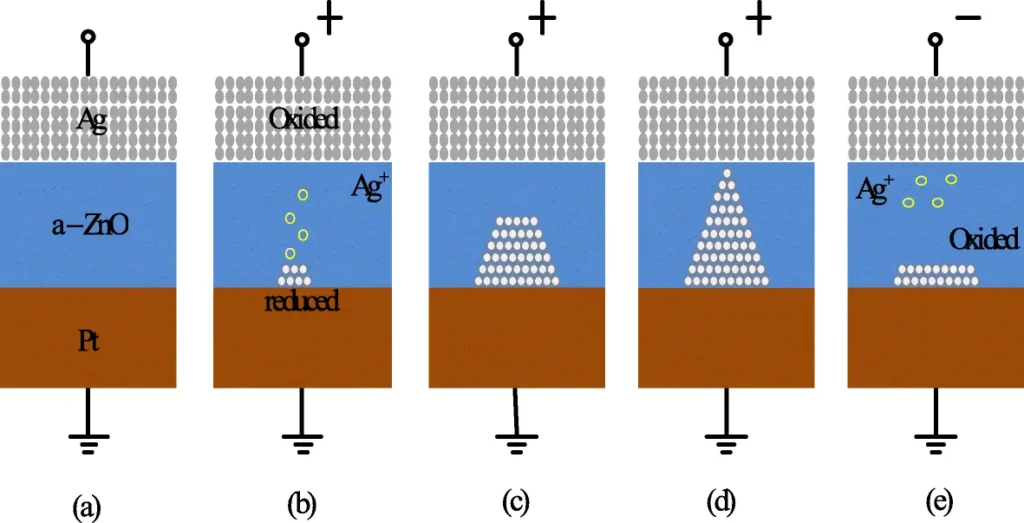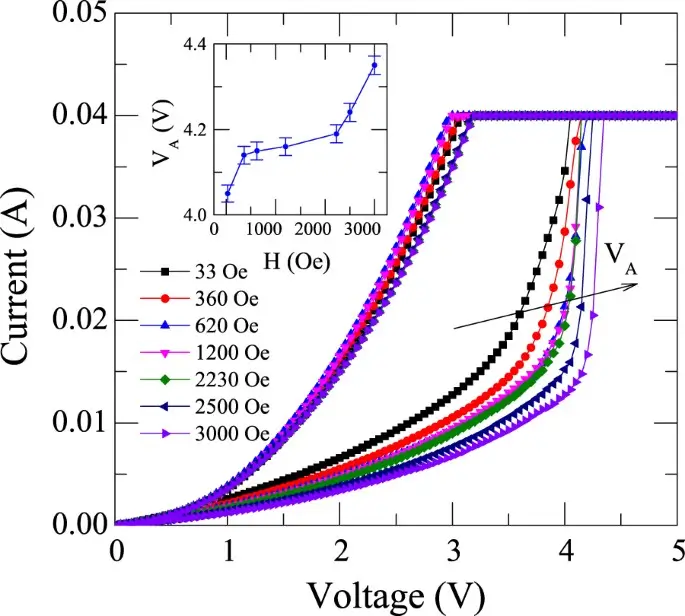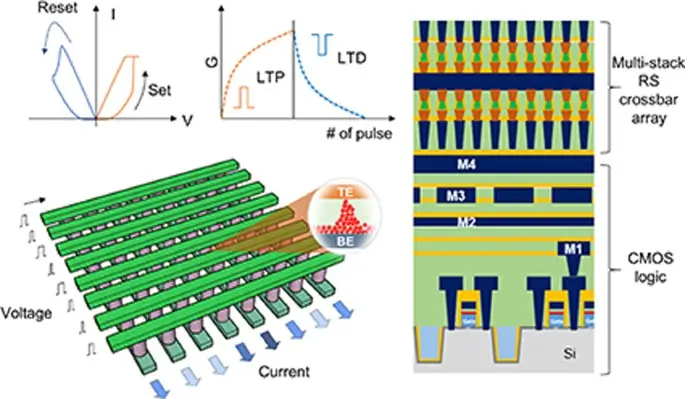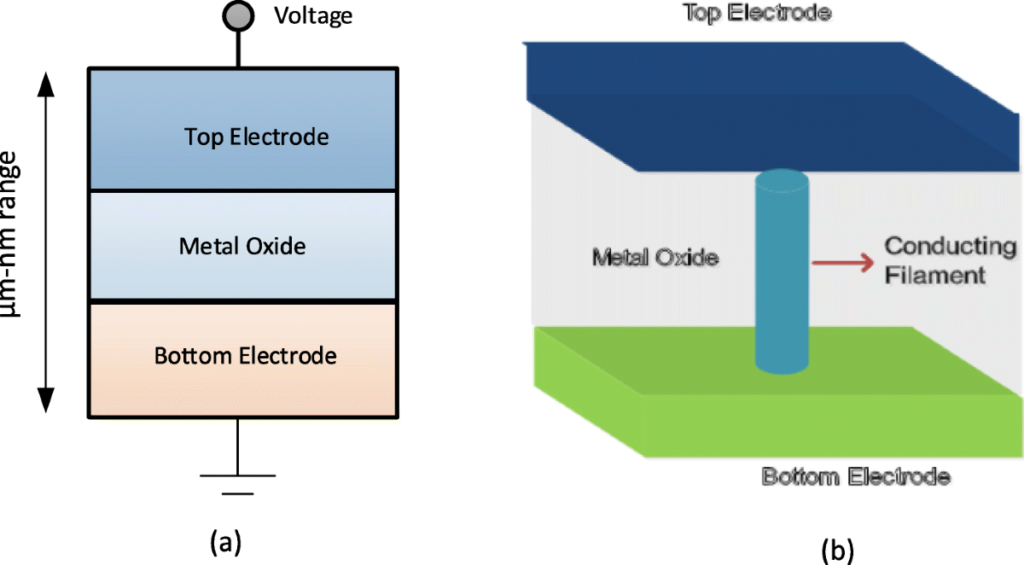Future Scope of ReRAM Devices: Transforming the Landscape of Memory and Computing

In the realm of modern electronics, data storage and memory technologies have continuously evolved to keep up with the demands for speed, capacity, and energy efficiency. Among the cutting-edge technologies vying for dominance in the next generation of memory devices is Resistive Random-Access Memory (ReRAM). ReRAM represents a novel approach to non-volatile memory, where data […]
Exploring Synthesis Processes for Thin Film Formation

Thin films are fundamental components in many cutting-edge technologies, from microelectronics and solar cells to sensors, optics, and coatings. The formation of thin films requires precise material synthesis methods to achieve the desired thickness, composition, and properties. In this blog, we will explore various material synthesis processes used for thin film formation, their advantages, disadvantages, […]
Exploring Different Material Synthesis Methods in Research

Material synthesis refers to the process of creating materials with desired properties through various techniques. In scientific research, the ability to synthesize materials with precise characteristics is crucial for the advancement of technology in fields such as electronics, energy storage, nanotechnology, and pharmaceuticals. Researchers aim to manipulate materials on the atomic, molecular, or nanometer scale […]
Understanding the Resistive Switching Mechanism in ReRAM

Resistive Random-Access Memory (ReRAM) is emerging as one of the most promising candidates for next-generation non-volatile memory technologies. The core principle behind ReRAM is its ability to change the resistance of a material by applying a voltage, a process known as resistive switching. This makes it ideal for memory applications as it combines high speed, […]
Supercapacitors as a Research Field: Advancements, Challenges, and Future Directions

Supercapacitors, also known as ultracapacitors or electric double-layer capacitors (EDLCs), are a class of energy storage devices that have emerged as promising candidates for high-performance energy storage in various applications. Their unique ability to store large amounts of energy at high power densities and rapid charge/discharge cycles sets them apart from traditional batteries. As the […]
TiO₂ as a Resistive Switching Memory Device: Applications, Mechanisms, and Future Prospects

In the ever-evolving world of data storage, Resistive Switching Memory (ReRAM) has emerged as a promising alternative to traditional memory devices such as NAND Flash and DRAM. Among the various materials used in the development of ReRAM, Titanium Dioxide (TiO₂) has gained significant attention due to its excellent resistive switching properties, scalability, and potential for […]
Resistive Switching Memory Devices: Technology, Applications, and Future Trends

Resistive Switching Memory (RSM) devices, also known as ReRAM (Resistive Random-Access Memory), are an emerging class of non-volatile memory technologies that have garnered significant attention for their potential to replace traditional memory storage devices such as Flash memory and DRAM in a variety of applications. They offer several advantages, including faster data access, higher endurance, […]
Future Scope and Innovations in Resistive Switching Memory Devices

Resistive Switching Memory (ReRAM or RRAM) has emerged as a promising alternative to traditional memory technologies, with the potential to revolutionize storage systems, computational devices, and neuromorphic computing. With its unique advantages, such as low power consumption, high-speed operation, scalability, and non-volatility, ReRAM is poised to play a central role in future memory technologies. In […]
The role of interfaces in resistive switching memory devices

Interfaces play a crucial role in the functionality of resistive switching memory devices, significantly influencing their performance and reliability. The interactions at the interface between different material layers can affect the electrical, thermal, and structural properties of these devices. Below is a detailed exploration of the role of interfaces in resistive switching memory devices. 1. […]
Cadmium Sulphide (CdS): A Semiconductor Revolutionizing Resistive Switching Applications

Cadmium Sulphide (CdS) is a semiconductor material that has been studied for various applications, including resistive switching (RS) devices. Resistive switching is a phenomenon where the resistance of a material can be altered by the application of an external voltage, making it useful for non-volatile memory devices, logic circuits, and other electronic applications. Here’s a […]

